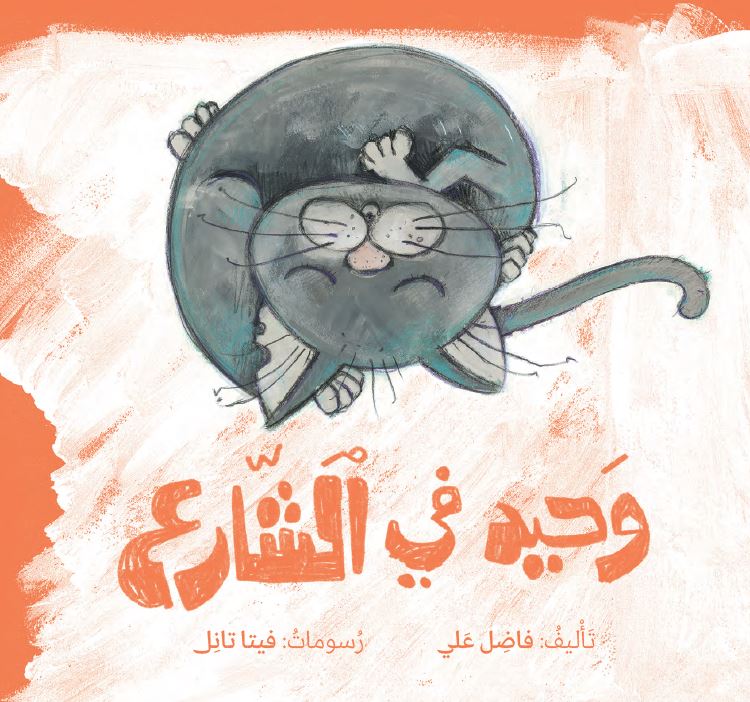
The cat “Wahid” wanders alone in the neighborhood streets, introducing us to its inhabitants and to the relationships between them through the food that it eats from their homes. This is a story about loneliness and friendship, and about values such as compassion and kindness to animals



